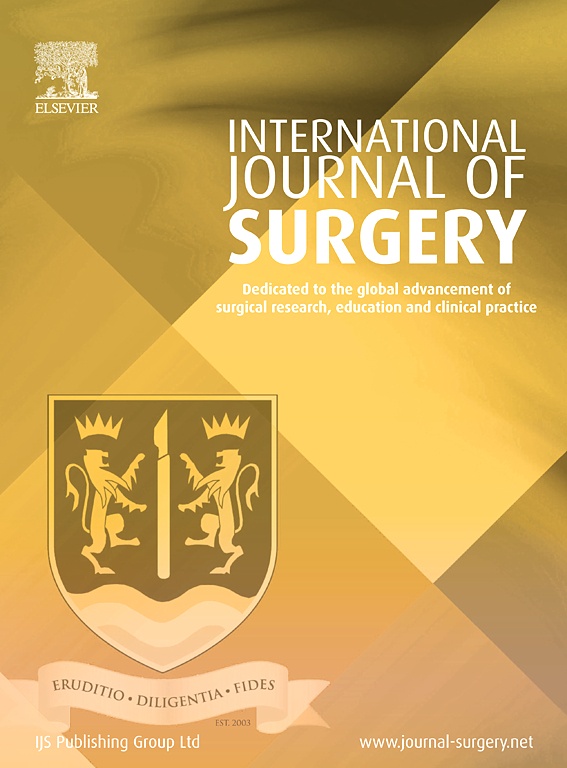
Opening vs. closing wedge high tibial osteotomy for treatment of unicompartmental OA

Opening vs. closing wedge high tibial osteotomy for treatment of unicompartmental OA
Is opening-wedge high tibial osteotomy superior to closing-wedge high tibial osteotomy in treatment of unicompartmental osteoarthritis? A meta-analysis of randomized controlled trials.
Int J Surg. 2018 Dec;60:153-163.Synopsis
9 studies (599 patients) were included in this meta-analysis comparing opening wedge high tibial osteotomy (OWHTO) to closing wedge high tibial osteotomy (CWHTO) for the treatment of unicompartmental knee osteoarthritis. Outcomes of interest included Visual Analog Scale (VAS) pain score, Hospital for Special Surgery (HSS) knee score, walking distance, Hip-Knee-Ankle (HKA) angle on radiograph, tibi...
To view the full content, login to your account,
or start your 30-day FREE Trial today.
FREE TRIAL
LOGIN
Forgot Password?
Explore some of our unlocked ACE Reports below!

Learn about our AI Driven
High Impact Search Feature
Our AI driven High Impact metric calculates the impact an article will have by considering both the publishing journal and the content of the article itself. Built using the latest advances in natural language processing, OE High Impact predicts an article’s future number of citations better than impact factor alone.
Continue



 LOGIN
LOGIN

Join the Conversation
Please Login or Join to leave comments.